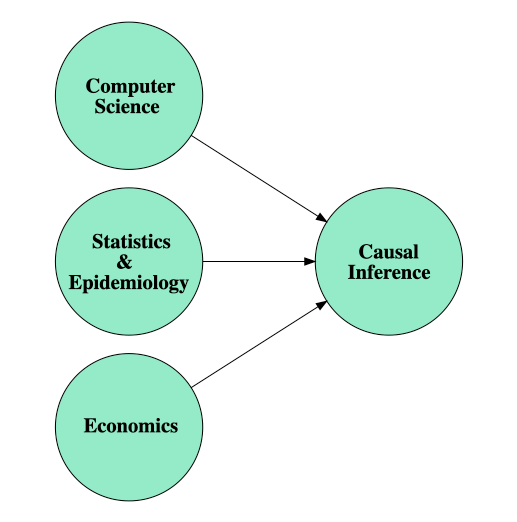
Instead, apply a windowing function before applying the inverse Fourier transform to get rid of the ringing. Therefore, you cannot simply subtract the sinc function from the impulse response to get a causal response.

In fact, I normalized these plots to highlight how the ringing matches the sinc function, and the values were actually less similar than I have shown. You can see the trend identically with magnitude differences. The black plot is the impulse response of a reflection S-parameter vector, and the red plot is the inverse Fourier transform of a sinc function with the same bandwidth as the impulse response, 100 GHz. An unfiltered causal impulse response compared to a sinc function. I have an example below in Figure 1 that shows this phenomenon, which is sometimes referred to as “the Gibbs phenomenon” after J. This implies all S-parameters are non-causal, and yes, that is true by definition. Since there is ringing before zero seconds, the function is non-causal. Sinc functions look like an impulse response with extra ringing before and after the pulse’s peak. This bandwidth limitation means you are effectively taking the inverse Fourier transform of a rectangle function, rect(f), which is a sinc function, sinc(t). An impulse response with native rise time will always seem non-causal because it is bandlimited. That means the S-parameter is completely unfiltered and is showing all the information available. I like to say the raw inverse Fourier transform of an S-parameter has a “native rise time”. Before zero seconds, the system should be at rest, and any non-zero value indicates a causality violation. The first thing to do to check causality with minimal work is to take the inverse Fourier transform of an S-parameter and look for responses before the time of the stimulus (t = zero seconds).

Regardless of how you define a transfer function (as an S-parameter or filter), every transfer function has an impulse response function. Most engineers are more familiar with a standard transfer function in terms of input and output voltage. For example, Kurokawa's treatment of transmission line S-parameters defines the inputs and outputs in an N-port network in terms of equivalent power, and the S-parameters act like a transfer function for this particular type of signal. The inverse Fourier transform of an S-parameter is a transfer function for a particular type of signal. There are three typical stimuli signal integrity engineers analyze: an impulse, a step, and a pulse. In systems described by S-parameters, a response must occur after a stimulus. It would be strange, if not unnerving if the bell rang as the hammer approached it. You hit a bell with a hammer, then the bell rings. What is S-parameter Causality and How Do I Check for It?Ĭausality simply means an effect must happen after a cause. Thankfully, there are some simple methods you can use to check and enforce S-parameter causality in your simulations and experimental data. When you finish reading what Aristotle has to say about the subject, you still don’t have anything to give to your customer. After getting that message, you probably went to your resident SI expert, Google, and typed in causality. A customer may say, “your S-parameters fail my causality tool. The first time hearing your S-parameters are non-causal is an uncomfortable experience. An interesting feature of our first model is that it leads to tachyonlike behavior without one's having to introduce negative energies.If you’re doing anything with S-parameters, you’ve run into causality problems.

They thus lead to ambiguous and/or singular solutions. The field equations of such theories do not present a good Cauchy problem for arbitrary data on spacelike hyperplanes. It is shown that the noncausal superluminosity occurs only for field theories which are singular in the sense that there does not exist a unique one-to-one relationship between the momenta and the velocities. The second type of superluminosity, called noncausal, violates the causality conditions of conventional theory. This type of mode occurs as small oscillations about an unstable equilibrium configuration of high energy density. One type, called causal, is shown not to conflict with the usual condition that a signal originating in a region is felt only in the forward light cone of that region. We distinguish two fundamentally different types of superluminal (group velocity > c) behavior.


 0 kommentar(er)
0 kommentar(er)
